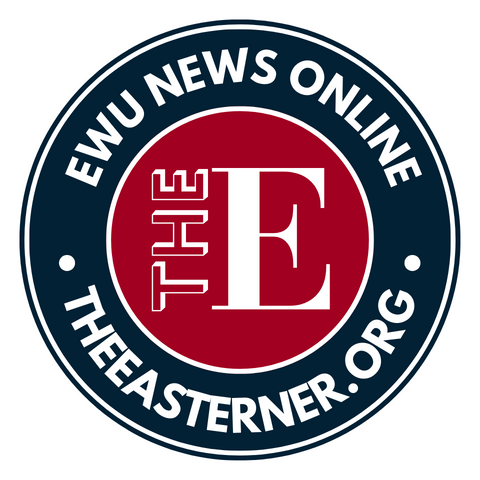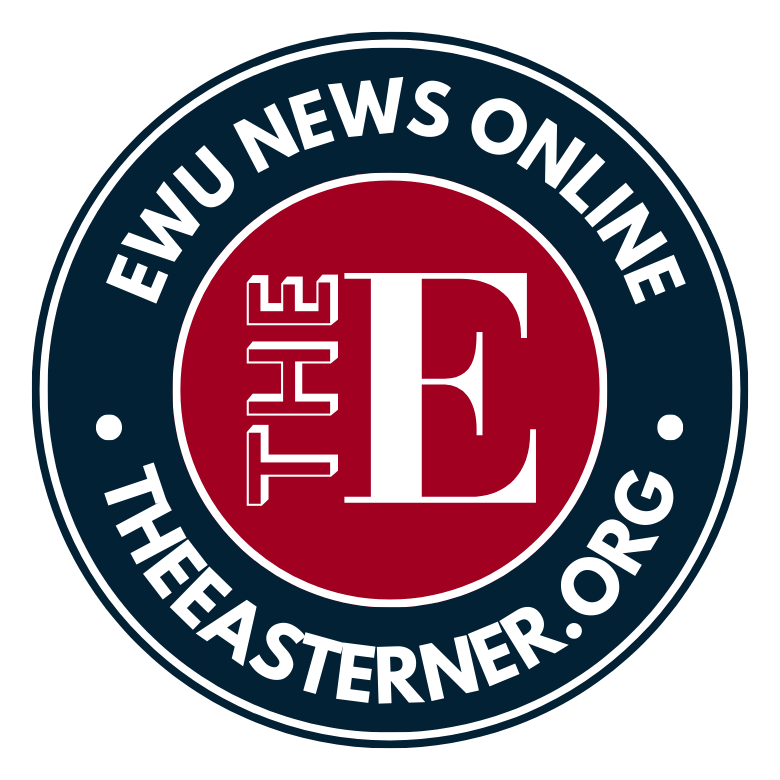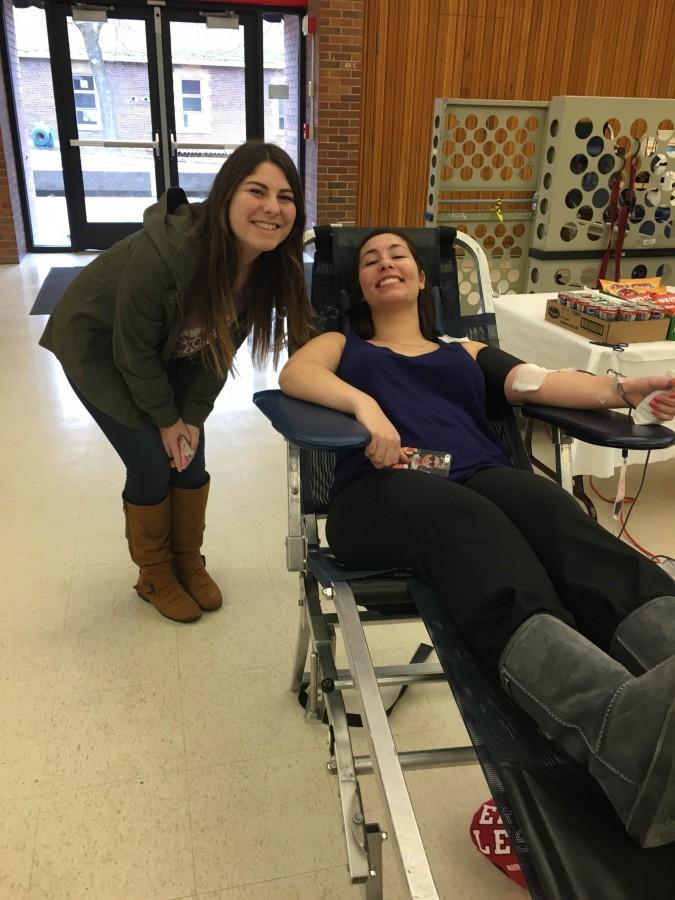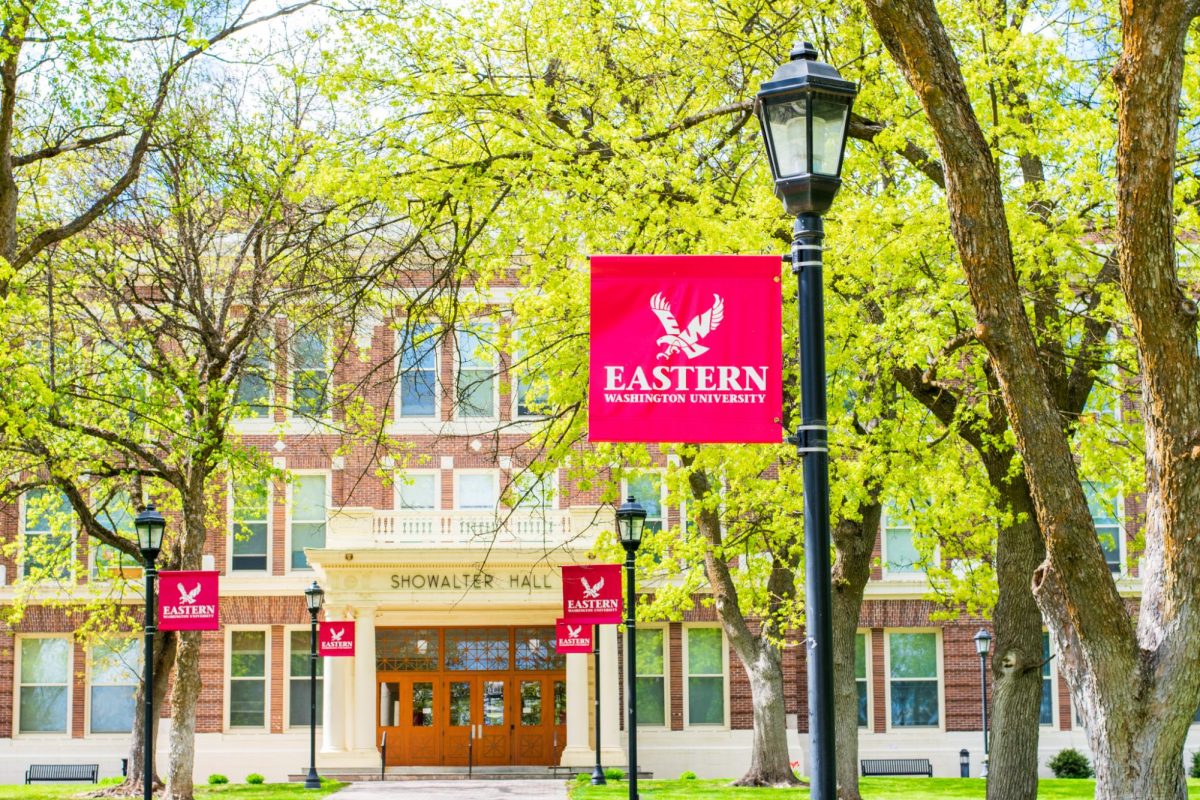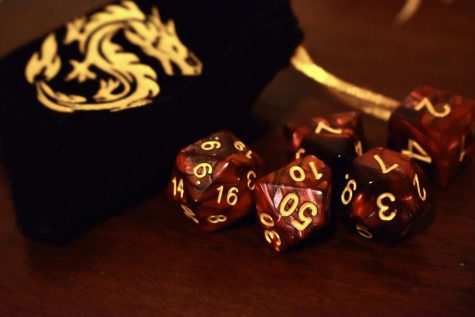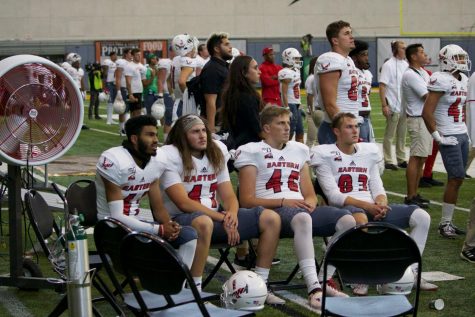EWU bleeds for Northwest
February 20, 2016
EWU students made some extra room in their hearts for Valentine’s Day at the Alpha Omicron Pi and Inland Northwest Blood Center (INBC) blood drive Feb. 13.
This annual blood drive is a different take on the heart theme of Valentine’s Day asking students to donate life-saving blood to the INBC. Alpha Omicron Pi promoted the event as a great way to spread love before Valentine’s Day.
Alpha Omicron Pi has hosted the drive with INBC for the last few years. Former Alpha Omicron Pi philanthropy chair EWU senior Paisley Heckman said she enjoyed hosting the event when she used to be Alpha Omicron Pi’s philanthropy chair. “It is fun to host and it’s cool to see it get bigger every year,” Heckman said.
It was the current philanthropy chair sophomore Kailee Hood’s first time hosting the event. Hood said she enjoyed promoting and hosting the event and sees giving blood as a great way to give back to the community and potentially save lives. “Giving blood is an easy and harmless way to help people,” Hood said.
Student donations make up 35 percent of the Inland Northwest’s blood supply, Tesia Lingenfelter, Marketing and Communications Coordinator for the INBC, said. Eastern donated 493 units of blood in 2015.
Currently, Lingenfelter said the INBC is still struggling with the lingering effects of the Nov. 17, 2015 windstorm, which cancelled classes, combined with students being on vacation.
“Students were on vacation through the month of December, meaning we have fewer opportunities to reach out to a good portion of those who help keep our community going,” Lingenfelter said in an email.
The blood bank is now preparing for the eventual consequences of the Zika virus. Lingenfelter said that INBC is expecting more people to be denied their ability to donate citing that with spring break coming up, people may be traveling to affected areas. The American Red Cross recommends those who travel to Zika-affected areas not donate blood fewer than 28 days after arriving back in the U.S.
On average, INBC needs 200 donors per day to keep the Inland Northwest’s blood supply.
EWU sophomore Shea Elders said her donation experience went very smoothly. “[The INBC staff] makes this easier than getting my blood drawn at the hospital, and it really didn’t hurt at all,” she said.
EWU alum Holly Frazier gave blood to INBC in the past; she said she appreciates the staff’s demeanor. “They are always very professional and polite,” Frazier said.
Every two seconds someone needs blood and one blood donation can save up to three lives. Yet only 37 percent of the U.S. population is eligible to donate with only 10 percent donating annually.
Many people are paid to give plasma nowadays but this plasma cannot be used for anything other than research. Only blood, platelets and plasma donated freely can be used to help people in medical emergencies or with conditions that require regular blood transfusions.
According to INBC every day 43,000 pints of donated blood are used in the U.S. and Canada. There is no substitute for human blood because it cannot be manufactured. This means that the only way to provide blood to patients who need it is through donation.
